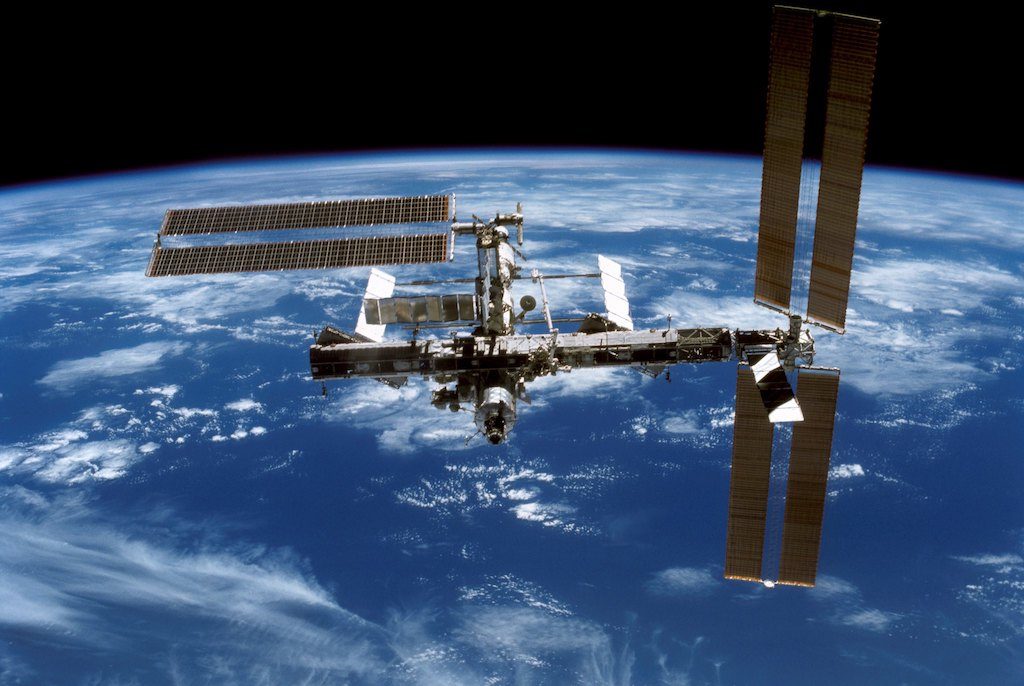Exploring for geothermal energy from the International Space Station

Mapping small temperature variations at the surface of the Earth with data derived from a sensor on the International Space Station is part of research conducted by researchers at the University of Twente in the Netherlands with international participation from Australia, New Zealand and Kenya.
Earlier this year Dutch Research Council NWO has awarded funding to nine new research proposals in the area of earth observation. The new projects will investigate for example geothermal energy, the navigation of songbirds and a historical set of aerial images of the Antarctic Peninsula. The researchers involved will receive the grant from the User Support Programme Space Research, which the Netherlands Space Office NSO realises on behalf of NWO.
So question is how does data from the International Space Station help in geothermal exploration? Well, this is explained in a nice post on the project by the University of Twente in the Netherlands on the Geothermal hotspot detection from Space Station-based ECOSTRESS data (GeoHot) project.
According to University Twente-researcher Dr Chris Hecker (Faculty of ITC), a single sensor on the International Space Station can aid in the search for new geothermal fields. His research project has been awarded funding by the Dutch Research Council (NWO) to test a novel approach for mapping small temperature variations at the Earth’s surface. He actually described how the project came along in this interview by UToday.
Geothermal fields are essential in the global transition to renewable energy sources and can be found by using satellites to map small temperature variations at the Earth’s surface. However, most satellites come with limitations. Their resolution is too low or they pass the area at the wrong time. “The international space station will pass over a different part of the world and at a different time of the day for every orbit”, says Chris.
Ecostress Sensor
The sensor at the ISS – named ECOSTRESS – has a much higher resolution than comparable sensors that measure heat from satellites. ECOSTRESS was designed to measure evaporative plant stress. Part of the research project is to find out whether it can also be used for finding small temperature variations at the Earth’s surface. “We propose to use the data NASA already gathers with ECOSTRESS in a new and innovative way”, says Chris, “Results from our study will help with decisions on future mission concepts.”
Leader of the project (and main applicant for the funding by NWO) is Dr Chris Hecker (Faculty of ITC) with involved UT-researcher Dr Thomas Groen (Faculty of ITC)
Other researchers involved are Dr Robert Hewson (Independent researcher, Australia), Robert Reeves (Institute of Geological and Nuclear Sciences (GNS), New Zealand), Eunice Bonyo (Kenya Electricity Generating Company (KenGen), Kenya).
Source: University of Twente
And for an overview on the more traditional approach to geothermal exploration, check out this presentation shared by the World Bank’s ESMAP program.